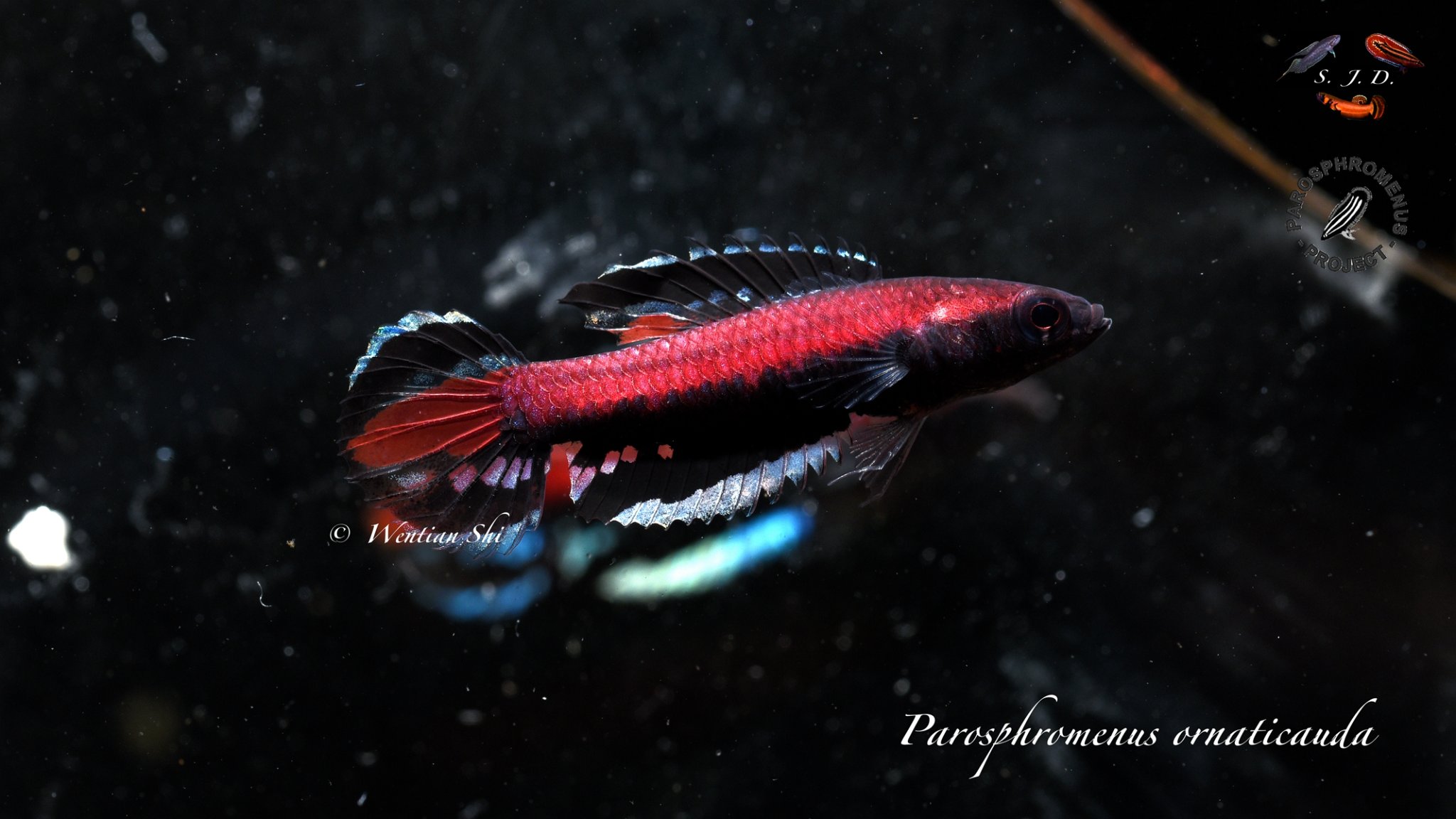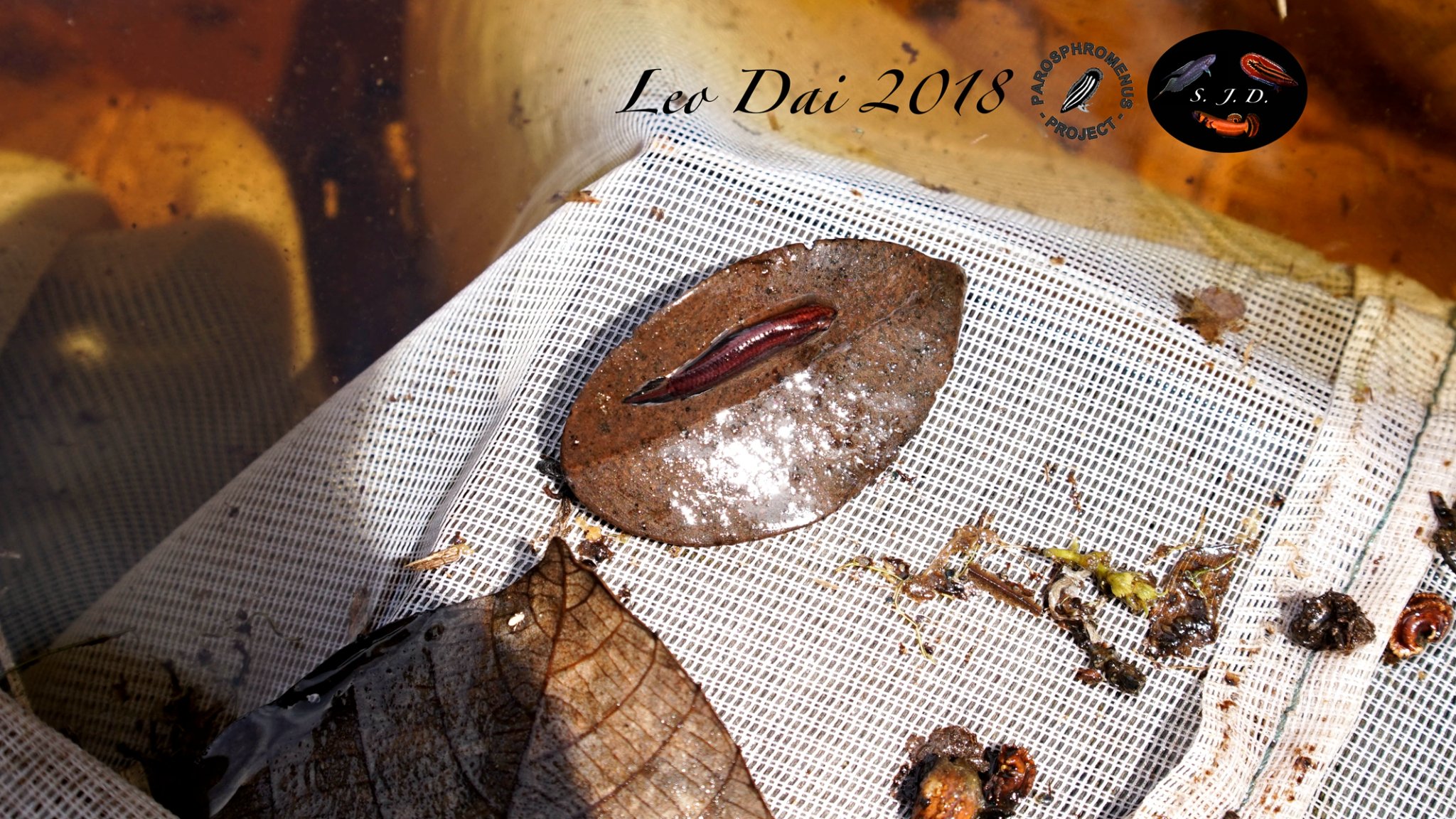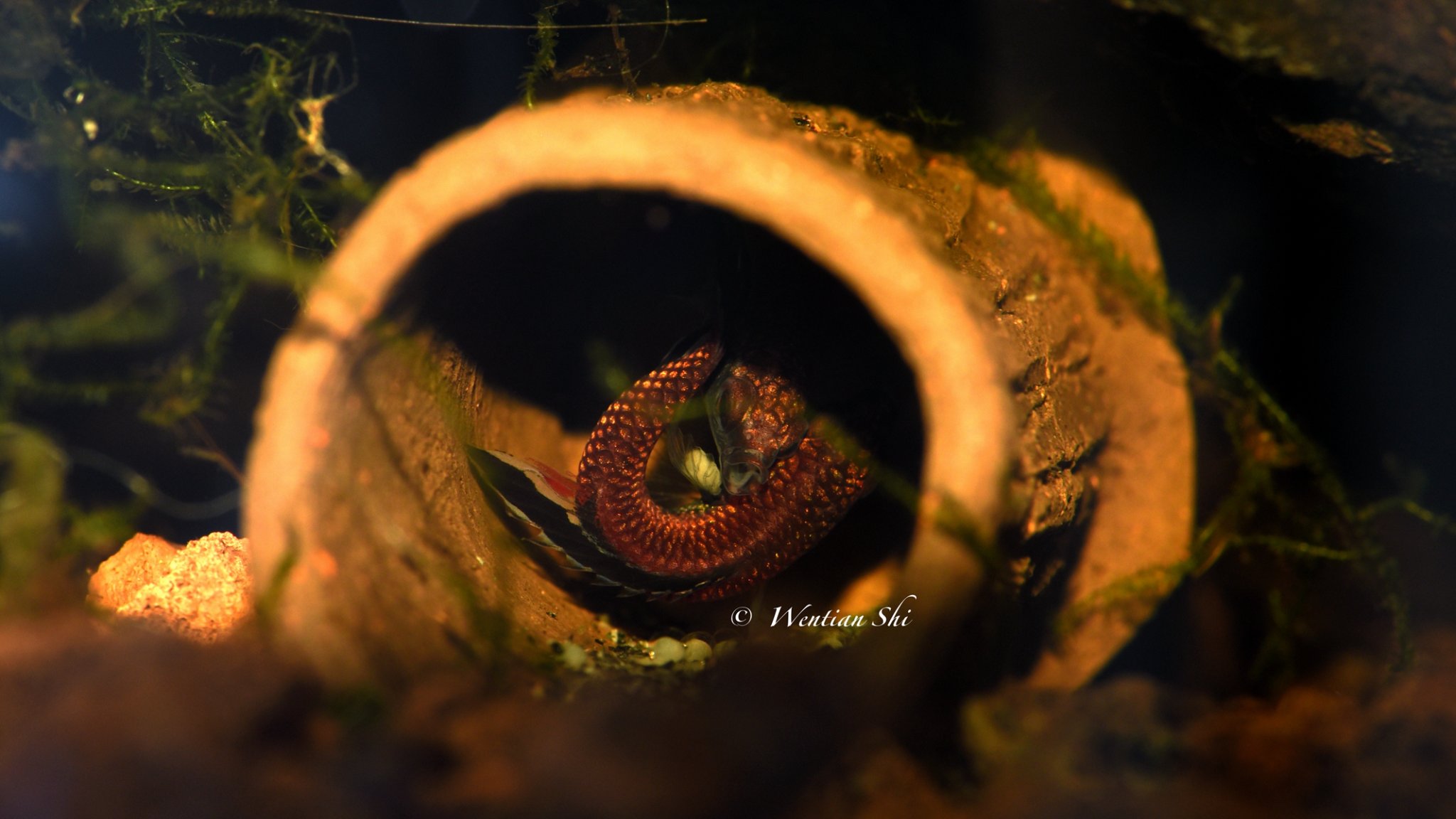



P. ornaticauda Kottelat 1991
In the future we will try to introduce a bit of each species to our audiences each month, so keepers can find answers to some common questions easier. For more details please visit our species page on our website. https://www.parosphromenus-project.org/en/p-ornaticauda
P. ornaticauda, from downstream Kapuas, West Kalimantan. From Anjungan to Mandor. Found in very typical black peat water swamps. (pH 4.5, conductivity 39 micro-Siemens, temperature 27.6 degrees C, Linke) We confirmed a even lower pH of 4.1 at 2017.
Ornaticauda is one of the two smaller species (parvulus group), which is quite different from other Parosphromenus species. They will not cross with other big species, and thus, can be found together with P. anjunganensis in the same habitat in the wild. In aquarium they are also peaceful roommates of other Paros (except parvulus).
Thus, in comparison to others big congeners, ornaticauda is a bit more sensitive. The keeping and breeding attemps require more patient and control of the water quality, especially cleanliness. The clutches are usually small (10 to 20 eggs, rarely more) and they are often “rearranged” (from one cave to another) or “disappear” completely over night. The courtship dance of the male (see below) needs a lot of space, so small tanks (around 10l) are less suited then tanks with 20l or more. The conductivity of the water should not be above 40 micro-Siemens. The sensitivity of the eggs towards harmful bacteria is high, so it is advisable to have a low pH value (between 3 and 4) and a high content of humic acids. However, successful breeding has been recorded at pH 6.5 in clear water. Still, successful ornaticauda breeding is regarded as the “high school” of licorice gourami hobby.
Although P. ornaticauda appears today occasionally in high numbers in the international trade, and although significantly more locations are known compared to the time of its discovery, it has to be accepted that the species is highly endangered. Part of the original habitat is already destroyed and has been transformed to palm oil plantations. Many of the still existing P.ornaticauda–biotopes have been badly damaged by contamination with pesticides. Mainly these habitats are more or less affected remnants of swamps, still holding black water, but these refuges are getting smaller and smaller. After all, this area is one of the most developped area of this island. Human activities are destroying peat swamps and forests along the Kapuas river. Thus, it is now an IUCN CR species.
We hope more and more of them can be maintained and distributed within the aquarium community instead of collecting from wild.

